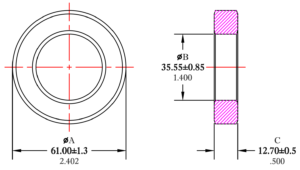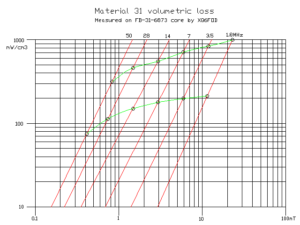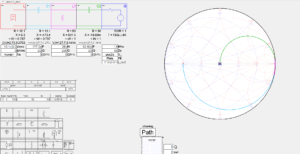Operation instructions
Press “set” button for 3s get into the procedure menu code mode, display the code “HC”. Press up or down for cyclical selection of parameter code of “HC-CP-LA-HA-PU-CA”.
To enter a code, press the “Set” button, press the up button or the down button to change to the desired data and press “Set” to save and exit;
Control the temperature set: press “Set” button, display blink and it is the default setting. Press up or down to change the data and save automatically. (press on up or down for 2s or more to increase the adjusting speed ) heating control: when the temperature control mode ( code is HC) was H, e.g. the setting control temperature is 28 C , slewing range of temperature is 2 C , when the environment temperature >= setting temperature (28’C), the relay will switch off and stop the output load; when the environment temperature <=setting temperature (28C ) – slewing range of temperature (2 C ) and set “delayed start” before, the reply will switch on and output load again, (if the delayed start function doesn’t need, set the delayed start (code PU) to 0)
refrigeration control: when the temperature control mode (code is HC) was C, e.g. the setting control temperature is 28’C, slewing range of temperature is 2 C, when the environment temperature <=after setting “delayed start” time, the relay will switch on and sart output load.(suggest “delayed start” time to the default setting time to protecting the compressor, please set the (code PU) to) if it doesn’t need). Continue reading MH1210A, MH1230A operating instructions
Last update: 24th February, 2021, 3:40 PM






